Steven Anton Jozef Chamuleau (Amsterdam, October 28, 1969 [1] ) is a cardiologist and professor at the University Medical Center Utrecht (UMCU) in the Netherlands, specializing in cardiac regenerative therapy, valvular disease and cardiac imaging.
Steven Anton Jozef Chamuleau (Amsterdam, October 28, 1969 [1] ) is a cardiologist and professor at the University Medical Center Utrecht (UMCU) in the Netherlands, specializing in cardiac regenerative therapy, valvular disease and cardiac imaging.
Before he attended medical school at the University of Amsterdam, Chamuleau started a study Econometrics and received a propaedeutics in Biology. He finished medical school in Amsterdam and subsequently received his PhD degree cum laude in 2001 on intracoronary derived physiological parameters for clinical decision making at the Academic Medical Center (AMC) in Amsterdam under supervision of prof. Jan Piek. After his PhD he started his residency at the AMC, where he also did his fellowship training in cardiology and cardiac imaging. After a year in Louisville in the lab of prof. Bolli, focusing on cardiac stem cell treatment, he became a staff cardiologist at the UMC Utrecht. In 2016 he was appointed a professor position at the UMCU.
Chamuleau has published over 90 peer-reviewed papers and is an active member in the European Society of Cardiology and American Heart Association. [2] He is a reviewer for many cardiac journals, such as Heart, Journal of Cellular and Molecular Medicine, International Journal of Cardiology and Catheterization and Cardiovascular Interventions. He is on the editorial board of ‘Frontiers in Heart Surgery’. He is a (co-)PI in several large international research consortia and clinical trials, primarily focused on stem cell treatment and valvular disease.
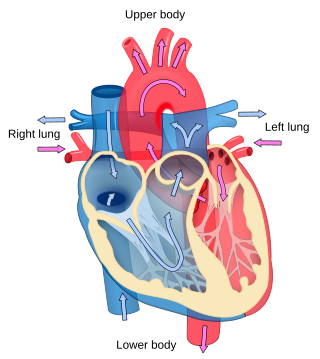
Cardiology is the study of the heart. Cardiology is a branch of medicine that deals with disorders of the heart and the cardiovascular system. The field includes medical diagnosis and treatment of congenital heart defects, coronary artery disease, heart failure, valvular heart disease, and electrophysiology. Physicians who specialize in this field of medicine are called cardiologists, a specialty of internal medicine. Pediatric cardiologists are pediatricians who specialize in cardiology. Physicians who specialize in cardiac surgery are called cardiothoracic surgeons or cardiac surgeons, a specialty of general surgery.

Cardiac electrophysiology is a branch of cardiology and basic science focusing on the electrical activities of the heart. The term is usually used in clinical context, to describe studies of such phenomena by invasive (intracardiac) catheter recording of spontaneous activity as well as of cardiac responses to programmed electrical stimulation - clinical cardiac electrophysiology. However, cardiac electrophysiology also encompasses basic research and translational research components. Specialists studying cardiac electrophysiology, either clinically or solely through research, are known as cardiac electrophysiologists.
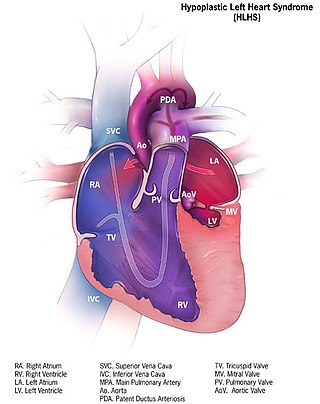
Hypoplastic left heart syndrome (HLHS) is a rare congenital heart defect in which the left side of the heart is severely underdeveloped and incapable of supporting the systemic circulation. It is estimated to account for 2-3% of all congenital heart disease. Early signs and symptoms include poor feeding, cyanosis, and diminished pulse in the extremities. The etiology is believed to be multifactorial resulting from a combination of genetic mutations and defects resulting in altered blood flow in the heart. Several structures can be affected including the left ventricle, aorta, aortic valve, or mitral valve all resulting in decreased systemic blood flow.
Stem-cell therapy is the use of stem cells to treat or prevent a disease or condition. As of 2016, the only established therapy using stem cells is hematopoietic stem cell transplantation. This usually takes the form of a bone-marrow transplantation, but the cells can also be derived from umbilical cord blood. Research is underway to develop various sources for stem cells as well as to apply stem-cell treatments for neurodegenerative diseases and conditions such as diabetes and heart disease.
Ragavendra R. Baliga, FACC, FACP, FRCP (Edin) is a Professor of Medicine at The Ohio State University School of Medicine in Columbus, Ohio. He is a consulting editor of Heart Failure Clinics of North America, an indexed medical journal along with James B. Young, MD, Executive Dean, Lerner College of Medicine, Cleveland Clinic, Cleveland, Ohio. This is journal is known for editorials championing novel and esoteric mechanisms pertaining to cardiac function including ‘The Heart as the Concertina Pump’ and suggesting that stiffness of the great arteries contribute to cardiorenal syndrome. The most provocative editorial is a recent one that discusses the role of implantable cardiac defibrillators in sudden death. He is also Vice-Chief of the Division of Cardiovascular Medicine, at The Ohio State University of Medical Center.
Eugene Braunwald is an Austrian-born American cardiologist.
Paul N. Yu was an American cardiologist, physician-scientist and educator of Chinese descent, and a product of Chinese, British and American medical education. Over a career spanning several decades he trained numerous individuals in clinical cardiology who went on to leadership positions in academia throughout this country.
The history of invasive and interventional cardiology is complex, with multiple groups working independently on similar technologies. Invasive and interventional cardiology is currently closely associated with cardiologists, though the development and most of its early research and procedures were performed by diagnostic and interventional radiologists.
Alan W. Heldman is an American interventional cardiologist. Heldman graduated from Harvard College, University of Alabama School of Medicine, and completed residency and fellowship training at Johns Hopkins University School of Medicine. He held positions on the faculty of Johns Hopkins from 1995 to 2007. In 2007, he became clinical chief of cardiology at the University of Miami's Leonard M. Miller School of Medicine.
In cardiology neocardiogenesis is the homeostatic regeneration, repair and renewal of sections of malfunctioning adult cardiovascular tissue. This includes a combination of cardiomyogenesis and angiogenesis.
Ron Waksman is a cardiologist. He is the Associate Director, Division of Cardiology, Washington Hospital Center (WHC) and professor of medicine (cardiology) at Georgetown University.
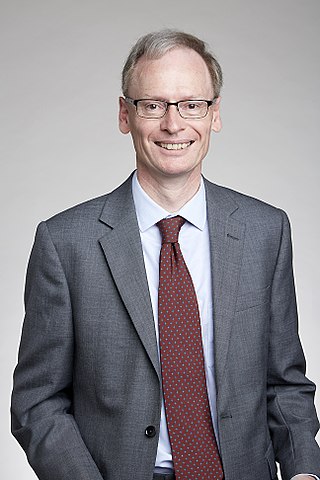
Hugh Christian Watkins is a British cardiologist. He is a Fellow of Merton College, Oxford, an associate editor of Circulation Research, and was Field Marshal Alexander Professor of Cardiovascular Medicine in the University of Oxford between 1996 and 2013.
Professor Bodo-Eckehard Strauer is a German cardiologist who has made award-winning contributions to cardiovascular science including pivotal reports that transfusions of patients' own bone marrow cells into the coronary arteries can increase the pumping efficacy of a weak heart. These landmark publications have been the basis for the new field of autologous bone marrow stem cell therapy for heart disease. In a press statement on 24 February 2014, his institution reported that it had found "evidence of scientific misconduct", and that it had sent a report "to the city’s public prosecutors".
Professor Peter Sleight M.D.(Cantab.), D.M. (Oxon.) FRCP FACC was a distinguished and internationally renowned research cardiologist and an Honorary Consultant Physician at the John Radcliffe Hospital in Oxford and the Oxford University Hospitals NHS Foundation Trust. Sleight was Emeritus Field Marshal Alexander Professor of Cardiovascular Medicine at the University of Oxford and an Emeritus Fellow of Exeter College, Oxford.
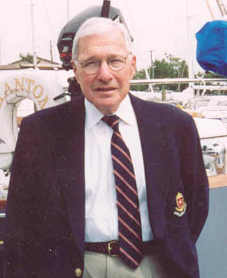
Edmund Hiram Sonnenblick was an American medical researcher and cardiologist. His studies of the function of cardiac muscle cells during the 1960s shaped the basis of both cardiovascular physiology and the modern treatment of cardiovascular disease, making possible the development of ACE inhibitors. In 1962, he was also credited as the first person to image the heart muscle under scientifically-controlled conditions using the electron microscope. Though Sonnenblick's ideas about the relationship between the structure and function of the human heart today constitute medical-scientific commonsense, they were utterly novel at the time.
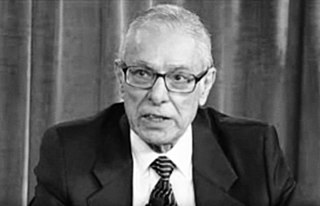
Shahbudin Rahimtoola was a cardiologist based in Los Angeles, United States. He served as Distinguished Professor at the Keck School of Medicine, University of Southern California. Rahimtoola was credited for his contribution to two clinical syndromes namely the hibernating myocardium and 'prosthetic valve-mismatch'.
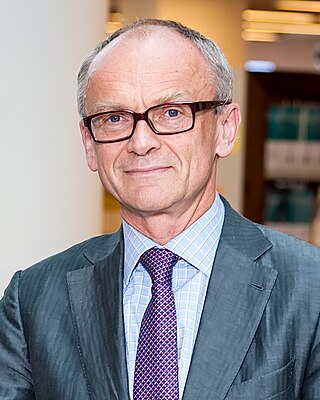
Piotr Ponikowski is a Polish cardiologist, Professor of Medical Sciences, Vice-Rector of the Wrocław Medical University and Head of the Polish Cardiological Society (2017-2019). His scientific interests include research on heart failure, coronary heart disease and heart arrhythmia.
Bruce B. Lerman is a cardiologist. He is the Hilda Altschul Master Professor of Medicine at Weill Cornell Medical College, and was chief of the Division of Cardiology and director of the Cardiac Electrophysiology Laboratory at Weill Cornell Medicine and the New York Presbyterian Hospital.

Jason C. Kovacic is an Australian-born cardiologist and physician-scientist; the Robert Graham Chair and Professor of Medicine, University of New South Wales; Executive Director of the Victor Chang Cardiac Research Institute in Sydney, Australia; and Professor of Medicine (Cardiology) at the Icahn School of Medicine at Mount Sinai, New York.
Harvey Feigenbaum is an American cardiologist known for his life-long work in the field of echocardiography. He wrote the first textbook on the subject in 1972, which is currently in its 8th edition, and has published over 300 articles. He has trained generations of cardiologists including many of the world's pioneers in the field through his numerous visitors, frequent workshops, annual courses in Indianapolis, Indiana beginning in 1968, the year when he started formal fellowship training He founded the field of cardiac sonography in 1965 and the American Society of Echocardiography in 1975. His seminal article on the diagnosis of pericardial effusions published in 1965 with his technique "brought echocardiography to the attention of thousands of practitioners".